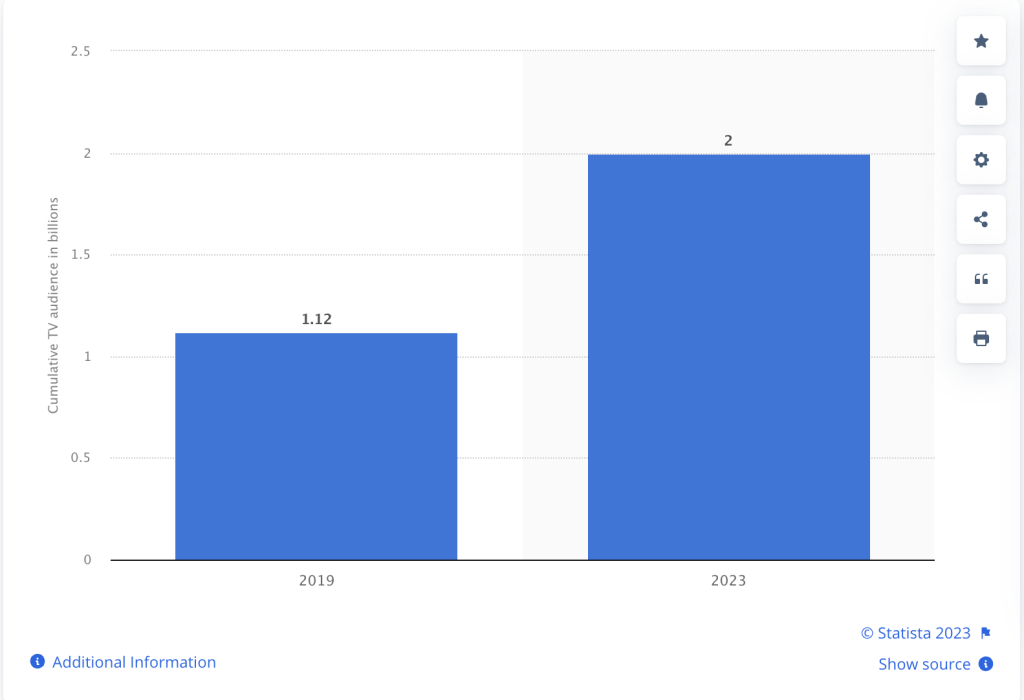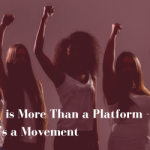The Women’s World Cup witnesses unparalleled viewership, making it the largest women’s sporting event in history. As audiences globally rally behind female athletes, it emphasizes the growing importance and recognition of women in sports.

The world of sports has long been stereotyped as male-dominated. However, the contemporary sports scene signifies a refreshing surge in female representation and recognition, challenging these preconceived notions. Women’s sports are on the rise, gaining momentum in popularity while also making seismic shifts toward equality on both competitive and financial fronts. This iconic metamorphosis is championed by pivotal events like the Women’s World Cup, which witnessed unparalleled, record-breaking viewership and served as a testament to the burgeoning esteem for women athletes globally.
The surge in popularity for women’s sports reflects a societal shift towards acknowledging women athletes as equals on the playing fields traditionally monopolized by their male counterparts. This shift is evidenced by an overwhelming global enthusiasm, growing sponsorship opportunities, and increasing media coverage. Topping the charts, the Women’s World Cup has morphed into the most-watched women’s sporting event of all time, highlighting an enhanced audience engagement that transcends borders and cultures.
However, increased viewership and fan engagement is only the surface of the galloping advancement. The ongoing campaign for an ‘Equal Playing Field’ remains crucial. It underscores the necessity for parity and justice in sports, from equal opportunities and participation to shared facilities and amenities. The fervor borne by female athletes and allied activists globally is slowly but surely yielding results, driving policy changes at national and international governing bodies to foster gender equality in sports.
But the playing field is just one side of the story. The ever-pressing question of pay parity looms large. Despite pulling in similar viewer numbers — if not more — than men’s sports at major international competitions, women athletes globally are often paid fractions of what their male peers earn. This begs the question: if the appeal and audience are equal, why isn’t the pay?
Public sentiment supporting equal pay in sports has never been stronger, and activism by women athletes is nudging the industry towards reconsidering the disparities. Frank discussions about wage inequality, led by prominent figures like Megan Rapinoe and Serena Williams, have helped shed light on the systemic wage gap in sports. The hope is that the increasing popularity of women’s sports and the audience’s robust rally behind the athletes will push stakeholders towards effecting transformative, equitable changes.
One promising development was the decision by the Women’s National Basketball Association (WNBA) to increase players’ pay and improve working conditions, a move that sparked a movement among other sports that followed suit, showing that, while the road to attainment of pay parity is long, small victories are possible.
The rise of women’s sports not only reflects a societal shift in perceptions but also fosters a new era of empowerment and equality for women athletes. The journey is far from over, and a level playing field still eludes many. However, the progress and the love displayed at the Women’s World Cup is both encouraging and motivating.
The world is rallying behind these incredible female athletes, echoing their demand for an equal playing field, and most importantly, championing their battle for equal pay in sports. This journey of evolution and revolution in women’s sports is an inspiration and a testament to the power of women: on the field and beyond, there’s no stopping us!



